Well, it's been a really good year. 2014 started with a snowed-in fairy tale of a weekend in New York City. In February, Mrs. F and I celebrated our twentieth anniversary with a two-week trip to Japan that was every bit as thrilling as I had hoped, and then some. The next month, college visits for Frod Jr. over spring break provided a good excuse to visit Los Angeles for the first time in ages. Then the summer included a quick return to New York as well as visits to Toronto, Boston, Maine and Quebec. A brief Chicago jaunt in October served up a couple of my best meals of the year.
In between all of that, my hometown Miami has had a great year too. Several new restaurants have quickly become favorites, a new generation of young talent is starting to emerge, and established chefs have added to their repertoires. This may have been as good a year for Miami's food scene as there has been in the five years since I started writing this blog.
These dishes are presented in the order I ate them (this first batch is pretty Japan-intensive); you can see a full set of pictures in my Best Dishes of 2014 flickr set.
Whole-Roasted Chicken for Two – The NoMad (New York) (see all my pictures from NoMad)
We arrived in New York just after New Years Day as a massive snowstorm was overtaking the city. Safely ensconced in the NoMad Hotel, we scurried around the corner for oysters and a carta di musica at the John Dory before settling in for drinks at the NoMad bar and then dinner at Daniel Humm's restaurant. The NoMad chicken is famous, and justifiably so: it is among the best birds I've ever eaten. The gorgeously burnished skin holds a layer of foie gras, brioche and truffle stuffing which perfumes the tender breast meat. The legs are made into a rich ragout with morels, a soft egg, and a tangy hollandaise. We awoke the next morning to an eery silence: not a single car on Broadway, all the streets still blanketed with snow. I can't imagine a better way to start the new year.
Ikura – 15 East (New York) (see my pictures from 15 East)
As a sort of warm-up for our upcoming Japan trip, we spent one of our nights in New York at 15 East for an omakase sushi fest with Chef Masato Shimitzu. It may not get the same attention as the astronomically priced Masa or fashionable upstarts like Sushi Nakazawa, but it was one of the best sushi experiences we've had outside of Japan. All the fish was excellent, but the standout was the ikura, glistening like jewels, enhanced but not overwhelmed by a dashi, soy and mirin cure.
Egg Salad and Mojama on Matzo; Mussels Escabeche – Estela (New York) (see all my pictures from Estela)
For the past year, everyone in New York has been going nuts over Estela. From the outside, it was hard to tell exactly why. The dishes drawing raves sounded, and often looked, so plain. But having paid a visit, I now understand that Chef Ignacio Mattos likes to deliberately conceal the restaurant's charms. Descriptions are minimalist; his plating style is often almost aggressively unphotogenic (to say nothing of the dim, candlelit dining room). And yet his food is unique and delicious, in a trend-less way that is a welcome respite from the cookie-cutter approach you see in many restaurants around the country these days. We especially liked his rich, creamy egg salad served over crisp matzo garnished with a generous shaving of dried, salt-cured tuna; and the mussels escabeche served with a garden of herbs and vegetables over olive-oil drenched toast.
Pastrami Tartare – Josh's Deli (Surfside) (read my thoughts and see all my pictures from dinner at Josh's)
I unabashedly love what Joshua Marcus is doing at Josh's Deli. He cures his own corned beef, smokes his own salmon, bakes his own bagels; but despite the anachronistic focus on all house-made everything, this is not just a nostalgia trip. Classics share space with esoterica like "Jewban" sandwiches and zucchini latkes topped with tzatziki and salmon roe. On and off this past year he's rolled out a dinner menu that was very much in the same spirit. The best thing I had was this pastrami tartare, topped with a raw quail egg, bound with an oyster caesar dressing, and presented with a crisp bagel chip for scooping.
(continued ...)
Pasta "Alfredo" with Chicken – Toscana Divino (Miami) (read about our "Cobaya Divino" dinner and see my pictures)
Every cook who's worked South Beach, at some point in their life, has found themselves making "Chicken Alfredo" - some soul-crushing lowest-common-denominator slop of chicken breast, cream and pasta. So I appreciated the thinking behind making that dish into something actually worth eating. And this was for me another of the highlights of the evening. The dish took some of the best parts of the chicken - the livers and hearts - and sauteed them, then draped them in a rich chicken glace. This then served as the bed for a twirl of fresh tagliolini enriched with a thick fontina and parmesan fonduta. A swirl of chicken liver mousse was painted around the edge of the bowl, so you could pull it into your pasta as you twirled it, completing the composition. This was incredibly rich - maybe too much so, in this portion size - and the fonduta perhaps too thick and sticky, but I loved it nonetheless.
Calzone – Lucali (Miami Beach) (read my thoughts and see all my pictures from Lucali)
When I wrote about Brooklyn import Lucali last year for Edible South Florida, I talked about their pizza, which is excellent. What I didn't realize at the time is that their calzone may be even better. Its crisp shell encases a molten filling of ricotta and mozzarella, with a plate of their tangy, deep-flavored tomato sauce on the side for dipping. Add a platter of their long-stemmed fresh artichokes and you've got a perfect meal.
Abalone and its Liver; Uni Nigiri – Sushi Yoshitake (鮨よしたけ) (Tokyo) (read my thoughts and see all my pictures from Sushi Yoshitake)
We stepped through the narrow door, crouched into a tight passageway, and emerged into an even smaller room - if the first one was a walk-in closet, this was a broom closet - which was our private little sushi den for the evening. So this is what a Michelin three-star restaurant looks like in Tokyo.
Thickly cut planks of abalone were simmered to retain a delicate hint of their bouncy texture, and napped with a rich, thick moss-green sauce of the abalone's liver.
This gunkan maki was filled with two different types of uni - both the smaller types I'm accustomed to, and larger ones at least three times their size. While this luxury item is often doled out somewhat parsimoniously, the chef at Yoshitake was prodigal in his approach. It seemed as if he was in a contest to see how much uni could be crammed into one bite. Layer upon layer of the smaller tongues were nestled within the nori wrapper, then crowned with as many of the larger tongues as he could balance on top. It was ridiculously indulgent and absolutely wonderful.
A Message from the Coast of Japan; Hot Sake and Cold Sake – RyuGin (龍吟) (Tokyo) (read my thoughts and see all my pictures from RyuGin)
The sashimi is a real highlight at RyuGin. Seven different items are arranged in a circle, each with a different garnish, each excellent. Working clockwise from the top: fugu (blowfish) flesh and ribbons of its skin in a ponzu sauce, garnished with snipped chives; akagai (ark shell clam) and hokkigai (surf clam); ankimo (monkfish liver) with a dab of kinome (prickly ash) purée; silver-skinned ibodai (butterfish) with slivered ginger; ika (squid) with salty seaweed; sawara (Spanish mackerel), smoked, topped with finely chopped green onion; and in the center, strips of squid in a sea cucumber sauce. The quality of the fish is outstanding, enhanced but not overshadowed by their accompaniments and treatments.
Even better – one of the best desserts I've had all year – was the "Hot Sake and Cold Sake." On one side, a perfect, puffy souffle; on the other, a creamy cold sake ice cream. The sake which flavors the souffle is typically served warm, the one which flavors the ice cream typically served cold – and both preparations so clean and pure that the delicate sake flavors still emerge.
Winter Daikon and Roasted Pear with Cod Roe Sauce and Truffle; Matsuba Crab and its Innards – Azabu Kadowaki (麻布かどわき) (Tokyo) (read my thoughts and see all my pictures from Kadowaki)
The next course was one of my favorites, blending eastern and western components: a cube of winter daikon radish draped with a slice of roasted pear, all enrobed in a creamy cod roe sauce and topped with a fine julienne of fresh black truffle. Cooked daikon is a highly underrated ingredient: tender but still having substance, silky but with a pleasing bite of graininess against the teeth, and a mild sweet flavor. Those qualities were mirrored and amplified by the roasted pear, which brought a more intense caramelized sweetness, the mildly salty, creamy sauce, and the earthy, aromatic truffle. There were no bold flavors here – rather it was all subtlety and grace.
As the meal starts, Chef Kadowaki presents the star attraction – a massive and rather menacing snow crab, which were at their peak in the cold month of February. It's dispatched to a steamer, and when ready, the chef retrieves it from its steam bath, quickly breaks down the legs and body, then hands it off to an assistant to harvest all the meat. It is then served incredibly simply: just a huge haystack of picked crab, topped with an imposing mound of its moss-green innards. A wedge of orange to squeeze, if you wish. The crab is warm and moist, with an incredibly concentrated and sweet flavor, amplified by the rich, creamy crab guts. It is magnificent – a reference point dish for an outstanding ingredient.
Tsukune – Sumibi Torito (炭火串焼きとりと) (Kyoto) (see all my pictures from Sumibi Torito)
We had some great yakitori in Kyoto at a little place called Sumibi Torito. Comprised almost entirely of a polished wood counter overlooking the open kitchen and charcoal grill, this place served some of the best chicken I've ever tasted. Before we went, I spent a few hours decoding the Japanese menu so I'd be able to order, and we did pretty well: reba (liver), momo (thigh), kokoro (heart), seseri (neck), hinegawa (skin), shiri kawa (chicken butt skin), tori negi (chicken with green onion) ... but the best were their tsukune, these incredibly juicy, flavorful skewered chicken meatballs dipped in a bright orange egg yolk.
Nodoguro Nigiri, Kawahagi Nigiri – Sushi Mitsukawa (鮨 みつ川) (Kanazawa) (see all my pictures from Sushi Mitsukawa)
I've not yet written about this meal, but it was one of the most magical of our Japan trip. There are a couple very famous sushi places in Kanazawa, which lies about 250 miles northwest of Tokyo on Japan's northern coast, facing out to the Sea of Japan. When our ryokan couldn't get us into any of those, we deferred to them to suggest another option, and they sent us to Sushi Mitsukawa, a tiny eight-seat spot in the Higashi Chaya-Gai, or tea house district. The sushi and the entire experience were both among our most memorable of the trip. A couple standouts were seasonal specialties: the nodoguro (black-throat sea perch or rosy seabass), a surprisingly lush, fatty fish from the Sea of Japan; and kawahagi (thread-sail filefish), a slightly firm-textured, translucent white-fleshed fish topped with a rich purée of its liver.
Hokkaido Uni, Buri, Saba – Sushisho Masa (すし匠まさ) (Tokyo) (see all my pictures from Sushisho Masa)
Another meal I've not yet written about, and am still somewhat overwhelmed by. Eating at Sushisho Masa was like experiencing a living encyclopedia of the sea, coupled with a piscine anatomy lesson. We had more than forty courses of sushi and sashimi – in some instances, multiple cuts from different parts of the same fish, and in others, species I'd never had before and sometimes couldn't even identify. And perhaps even more remarkable: of those I was familiar with, each was one of the best examples I'd ever tasted. Among them: a generous mound of creamy, sweet orange Hokkaido uni over a bed of sushi rice; a fat-ribboned slice of the outside loin of buri (winter yellowtail), wrapped around its liver; and a glistening, silver-skinned, pink-fleshed tranche of saba (mackerel), topped with a shimmering sliver of belly meat. Just outstanding.
Stay tuned for Part 2 and Part 3, coming soon.

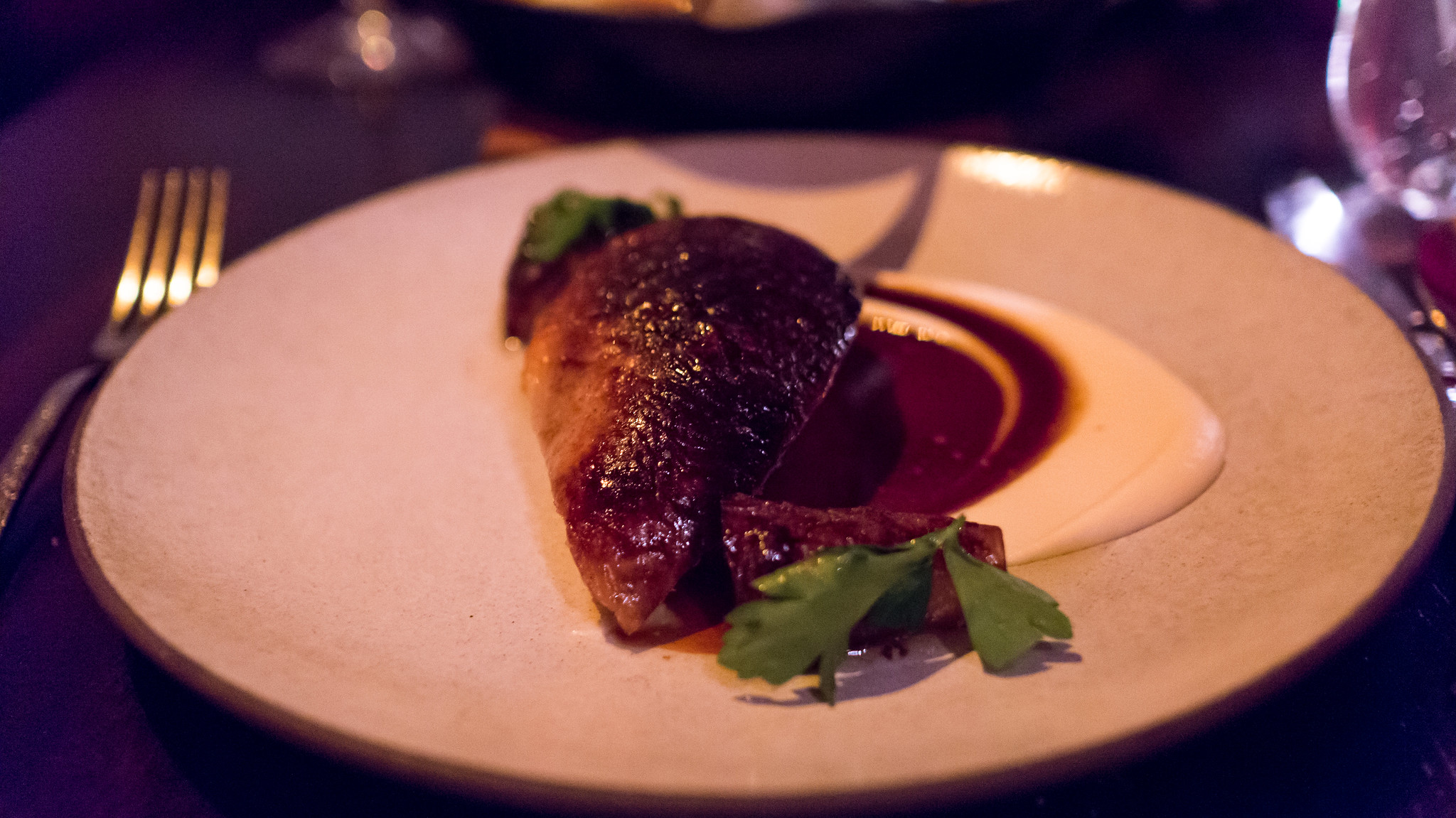
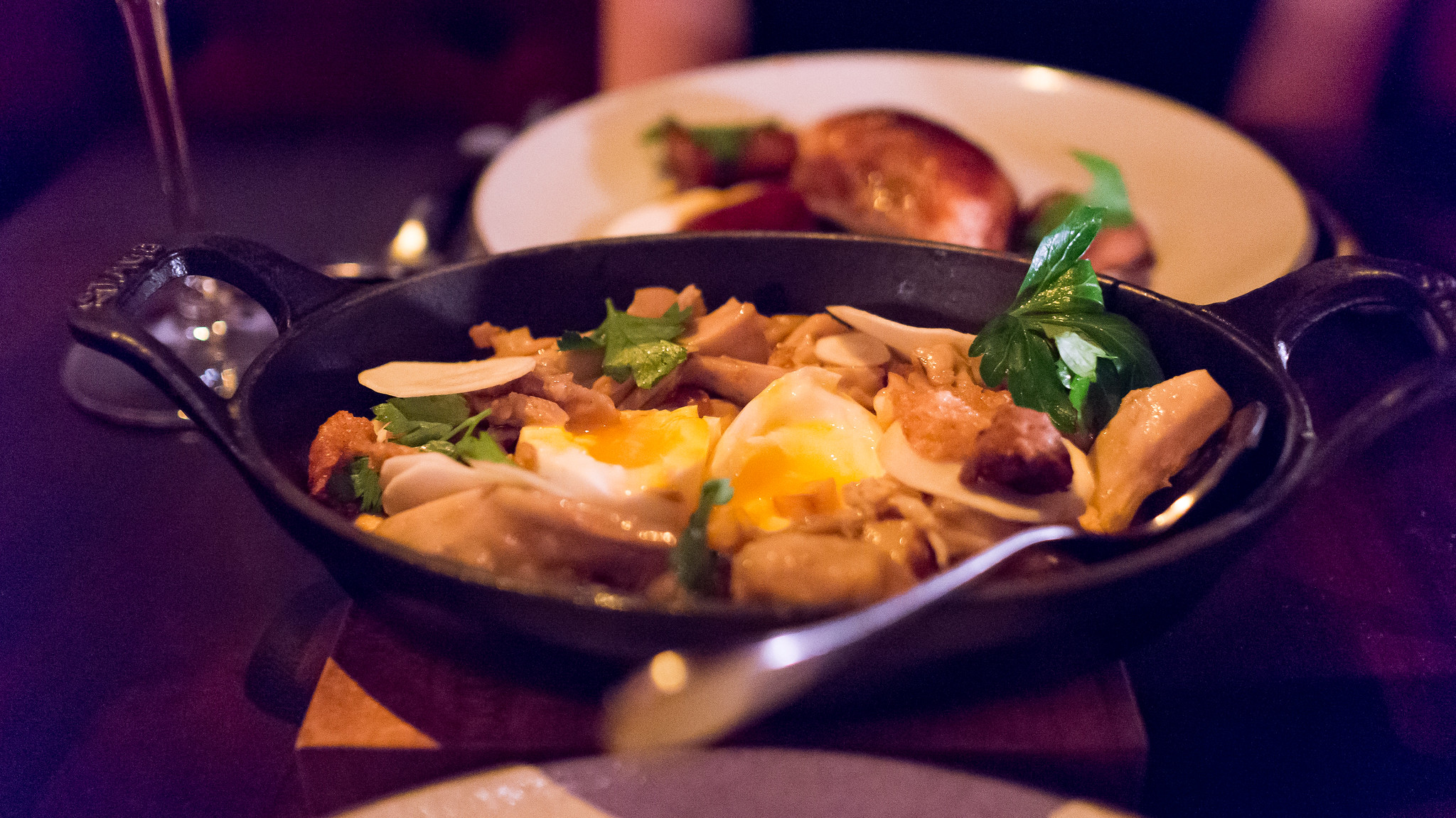
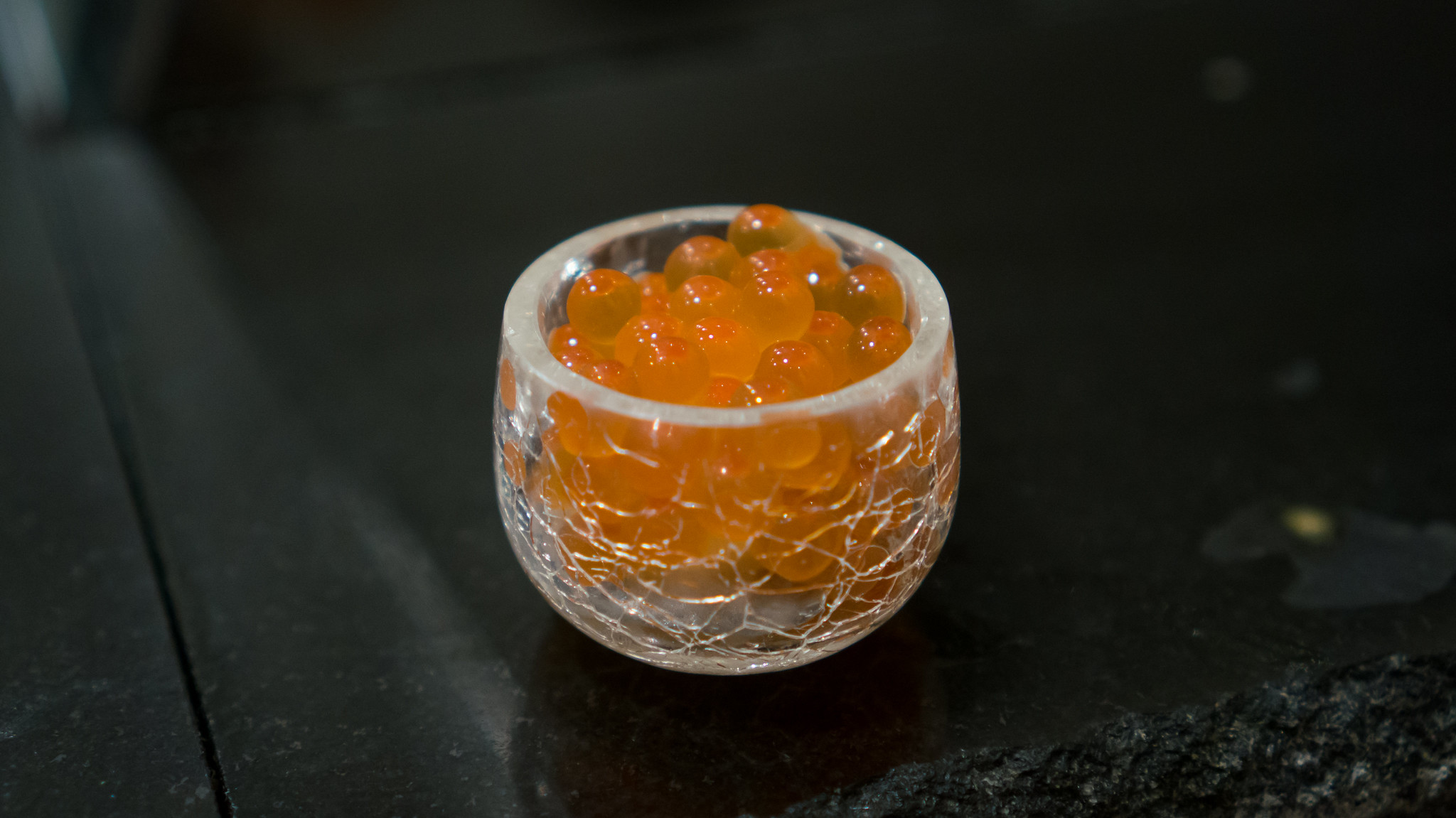
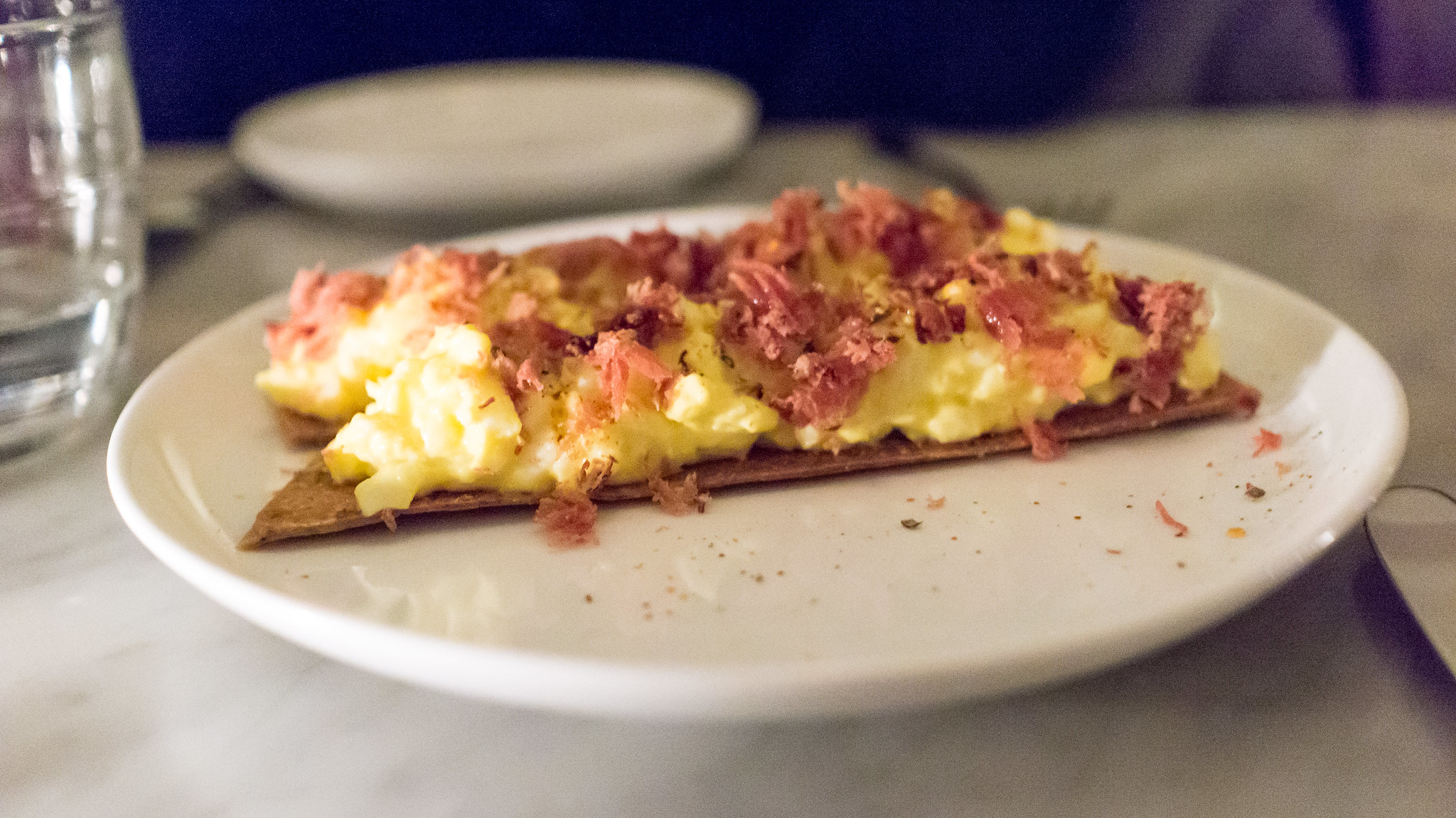
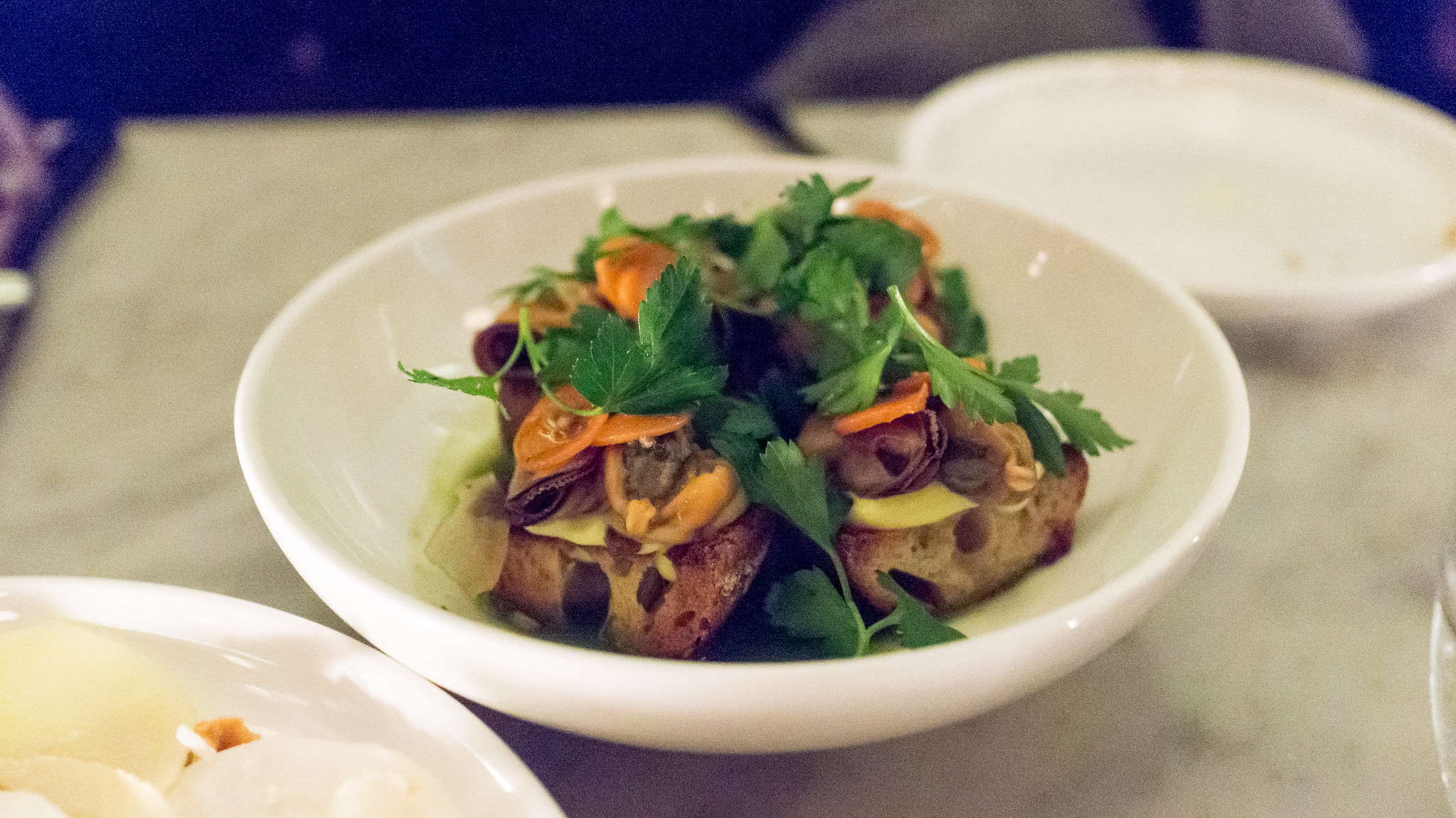
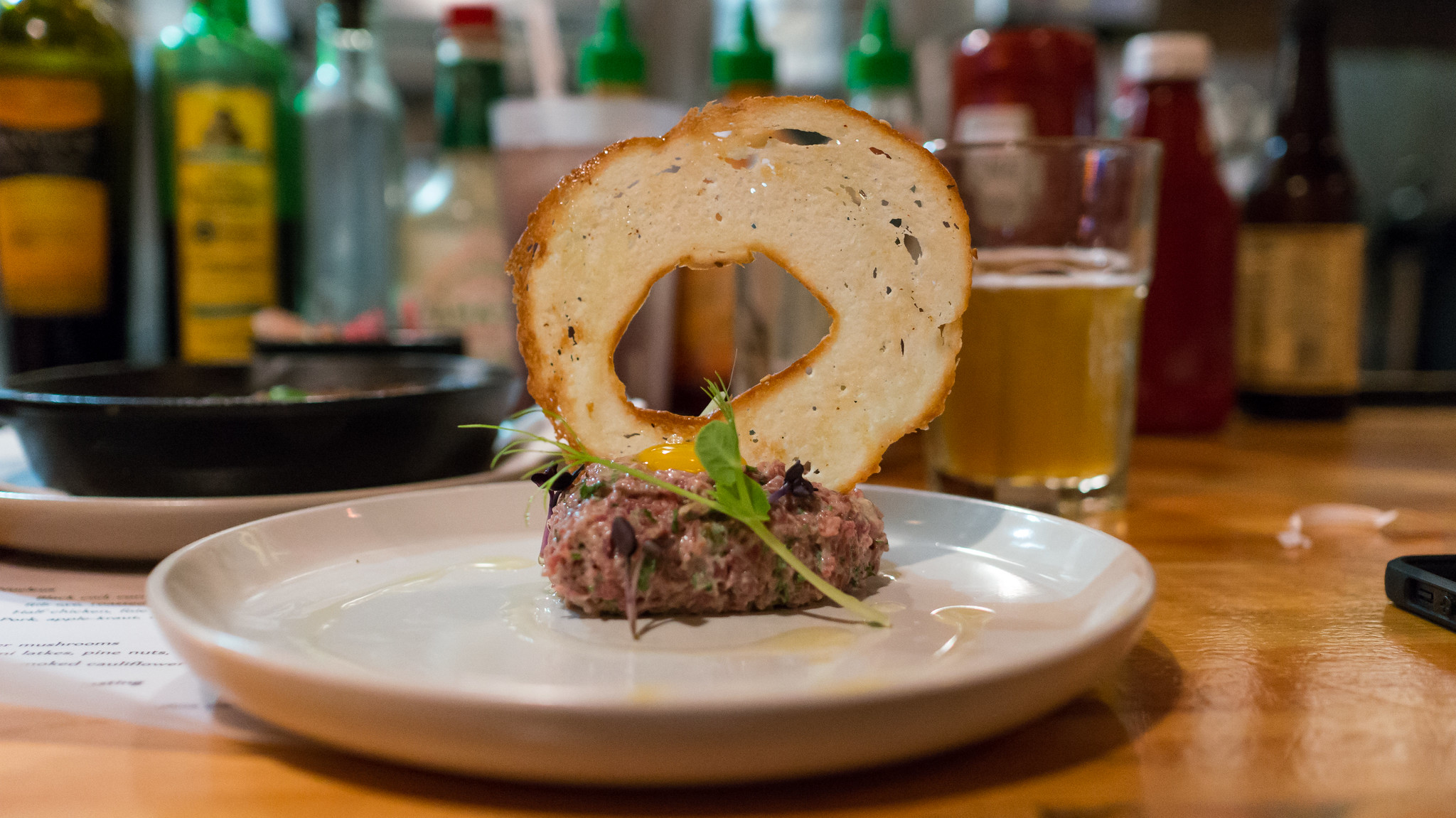

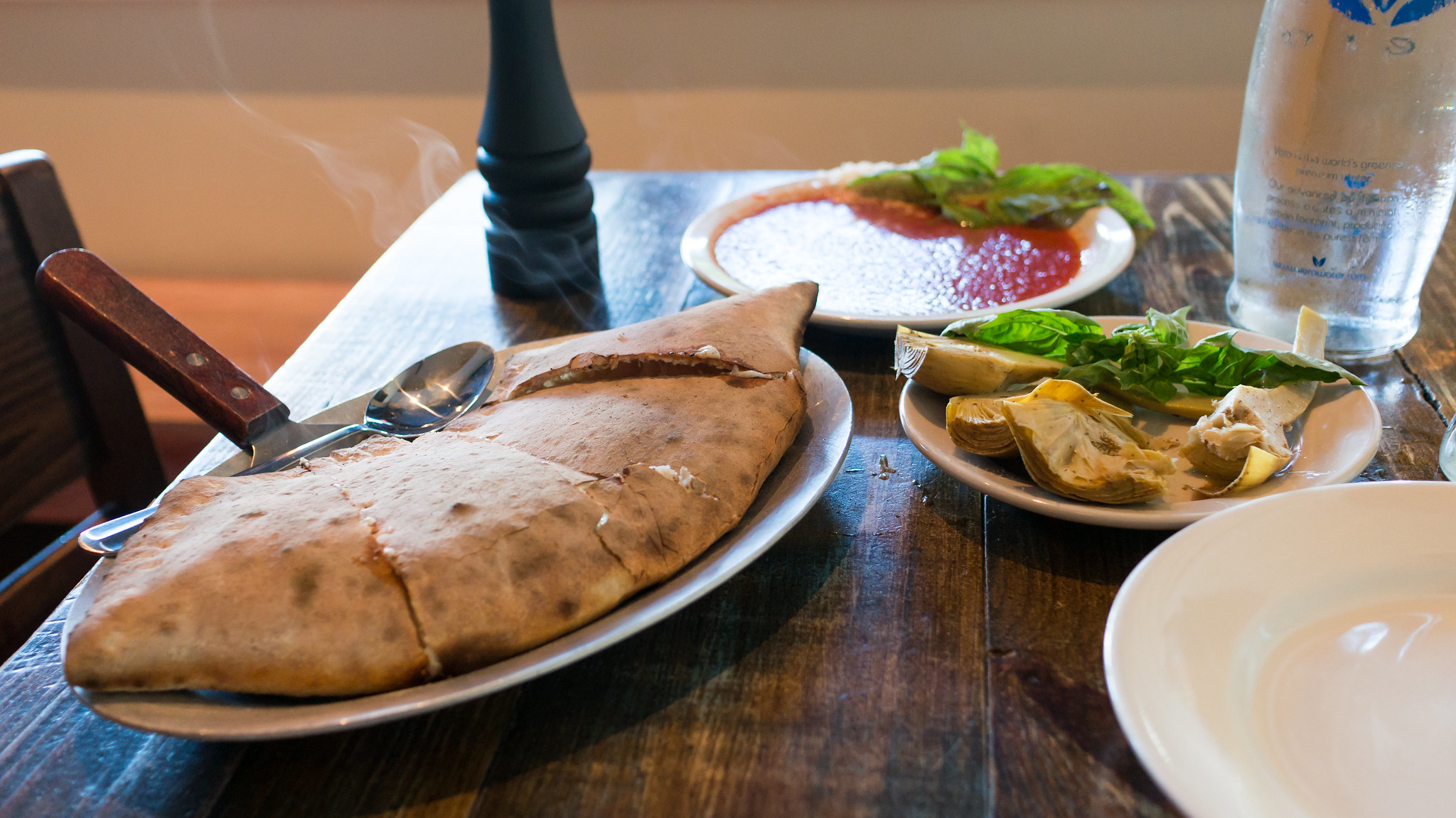
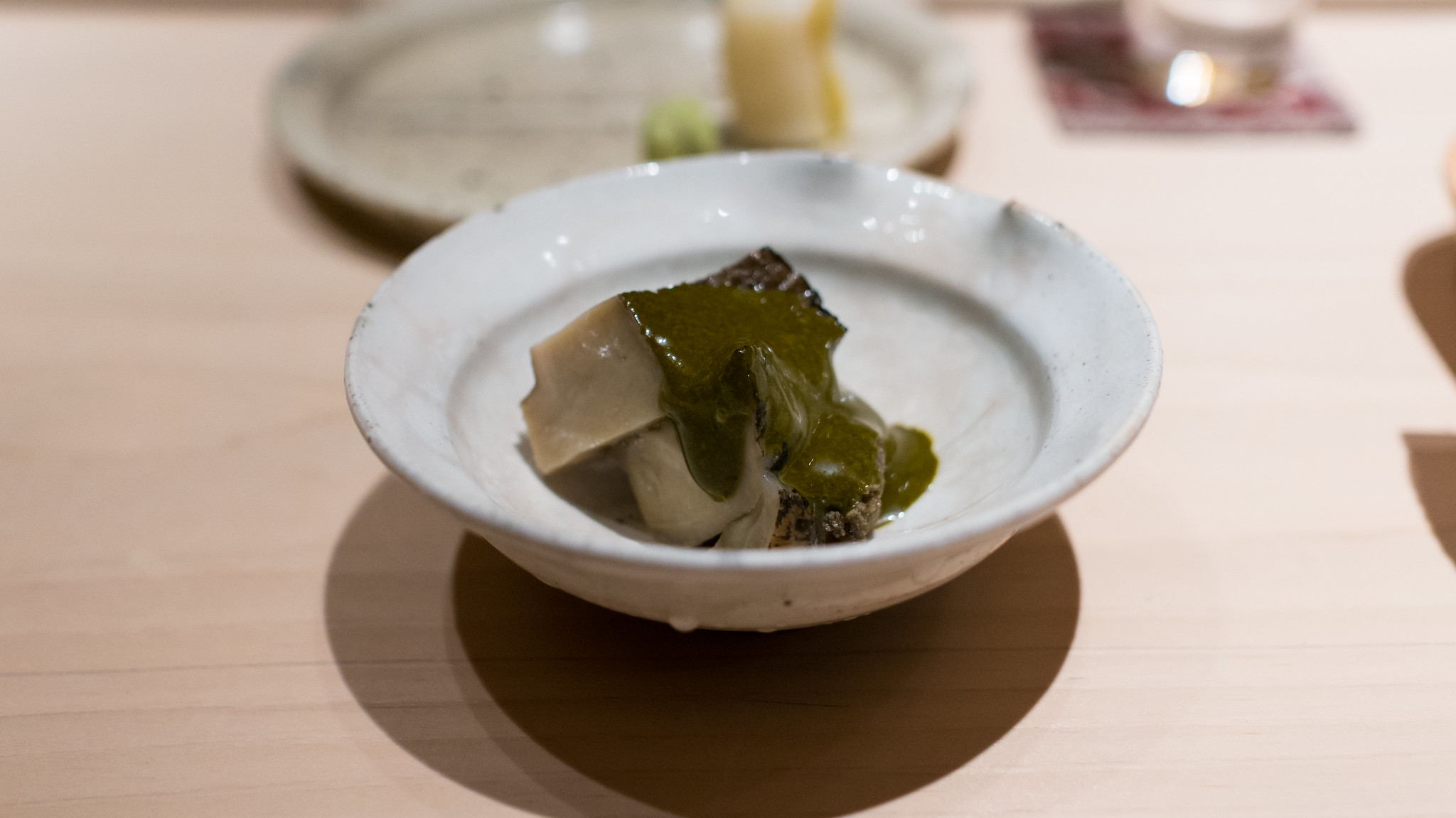


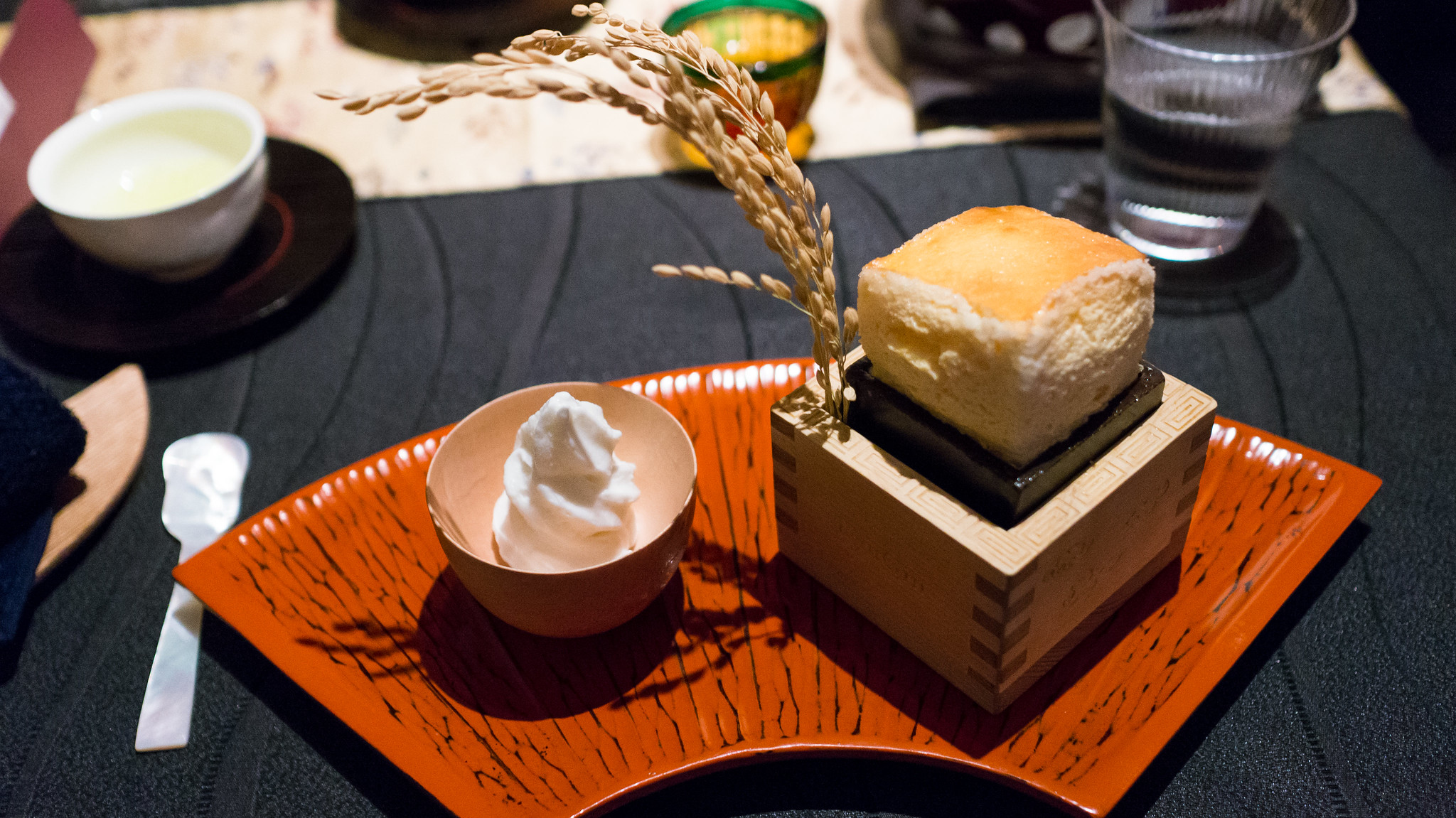
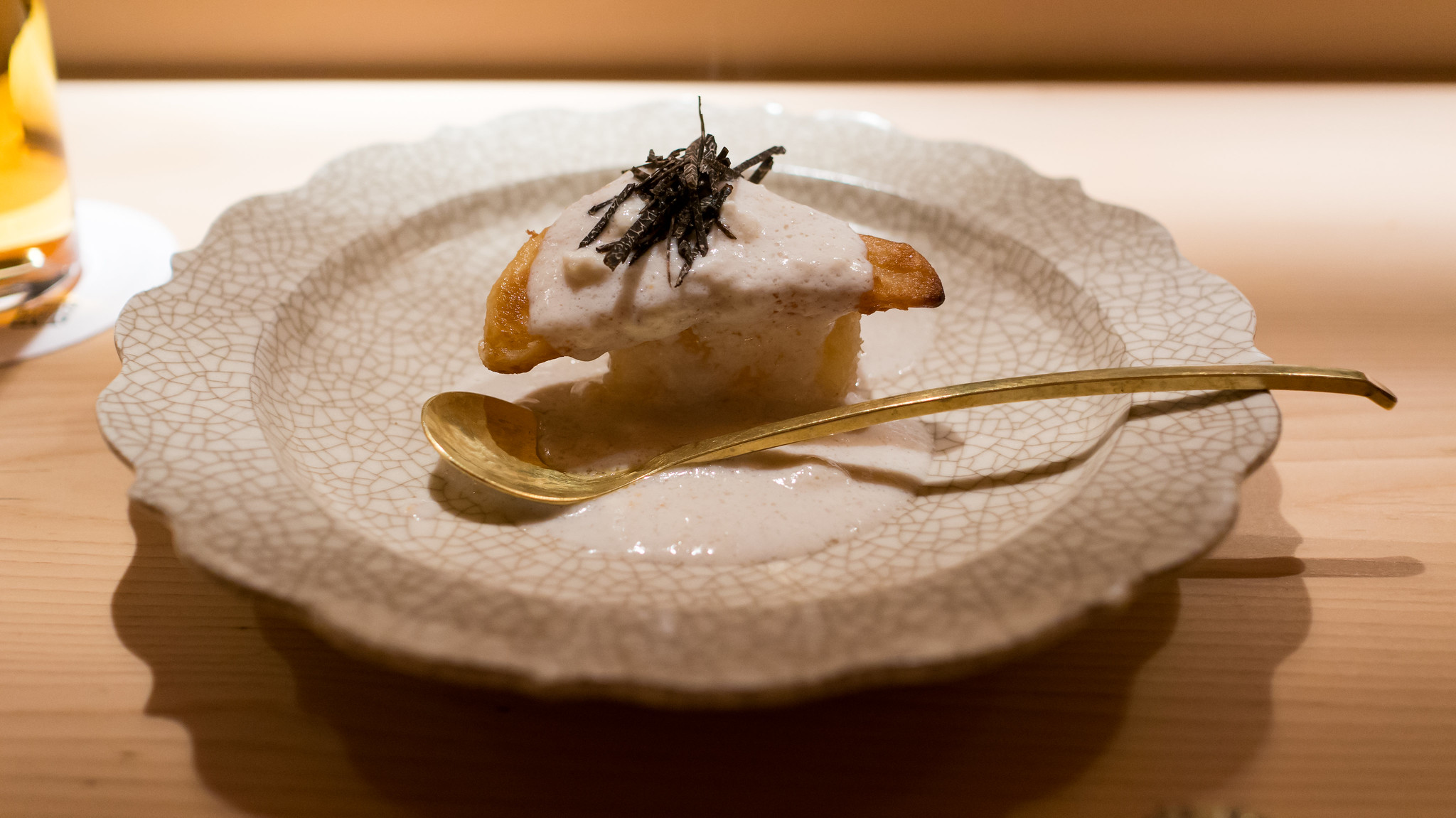
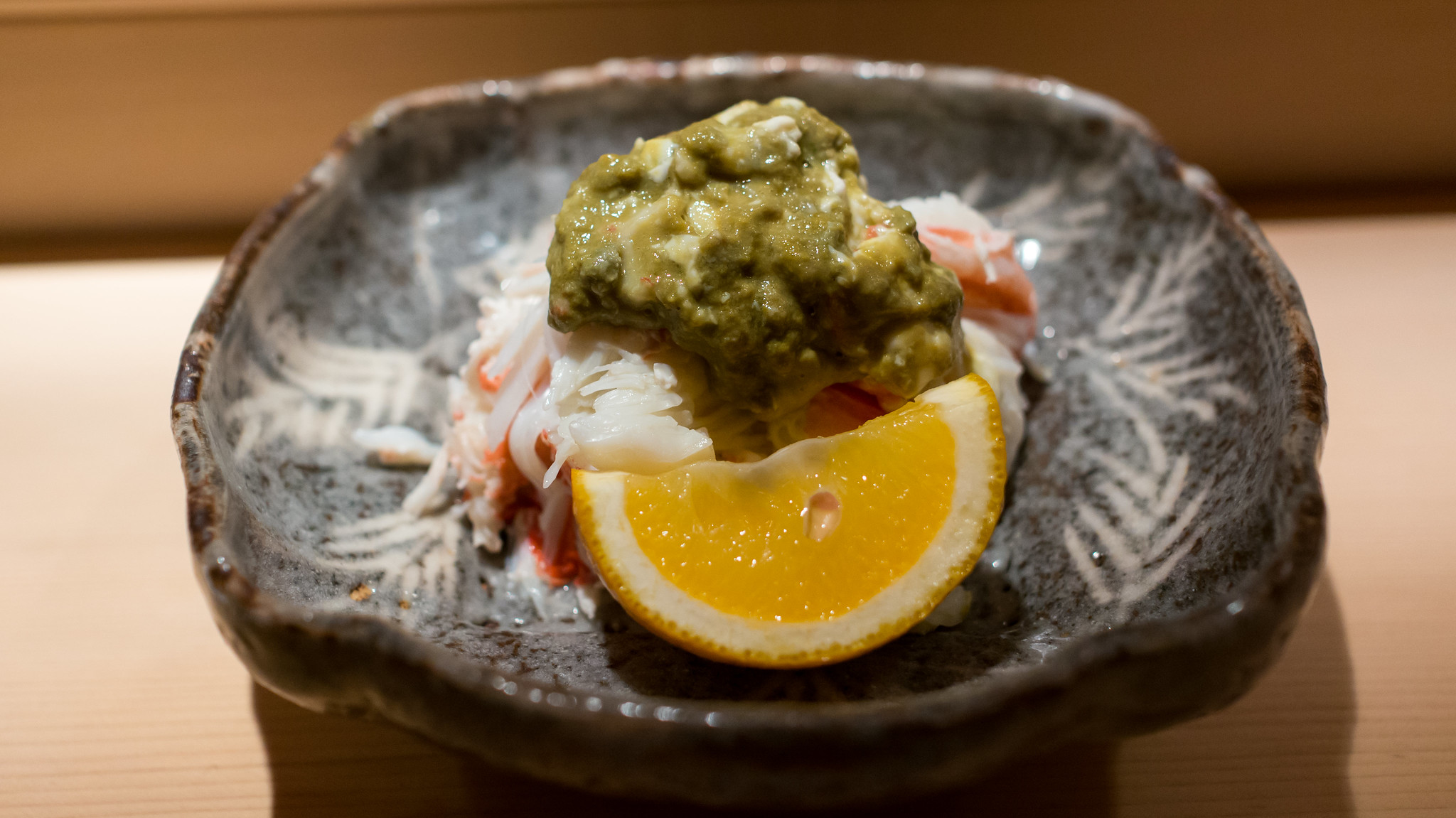
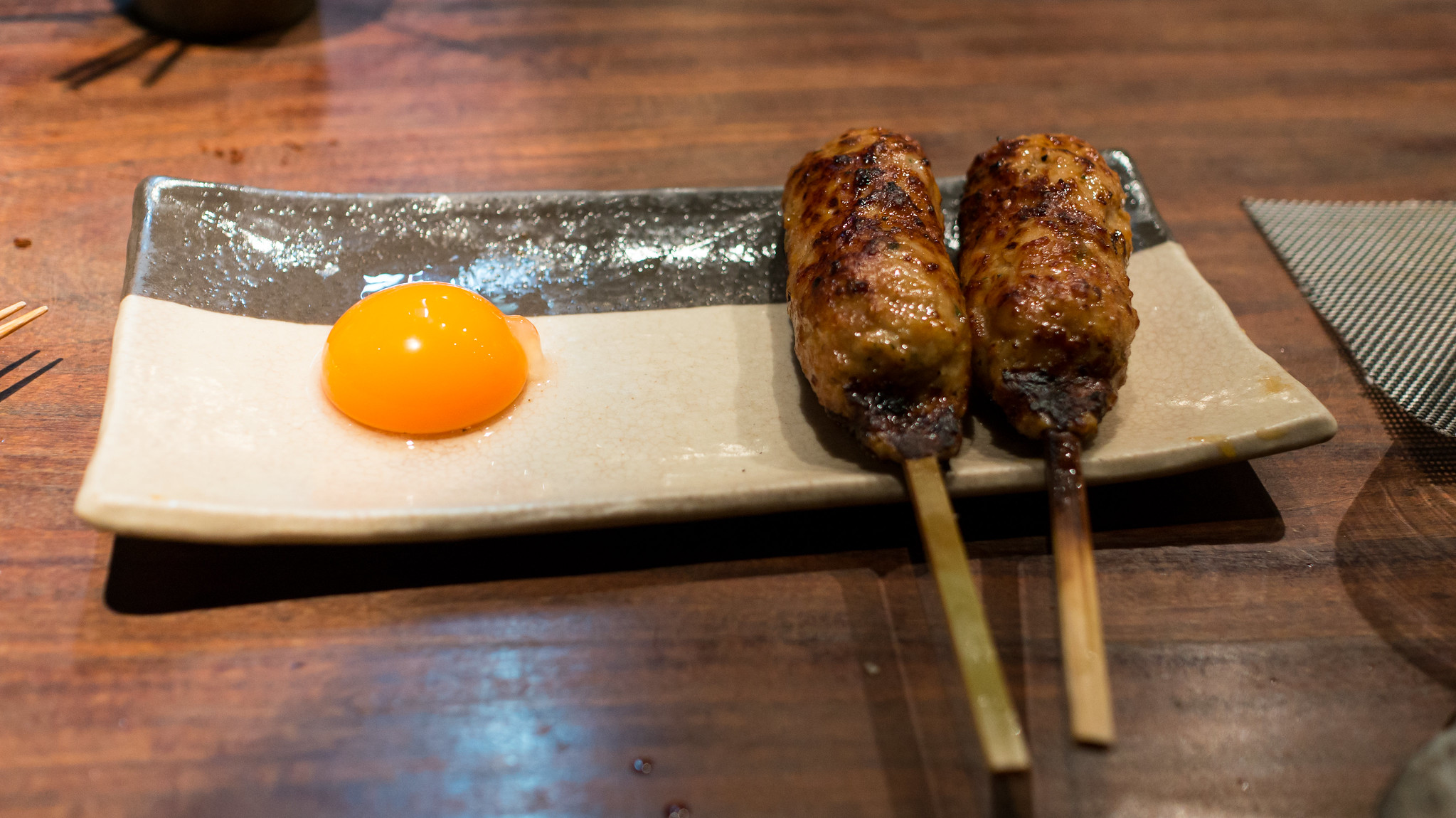

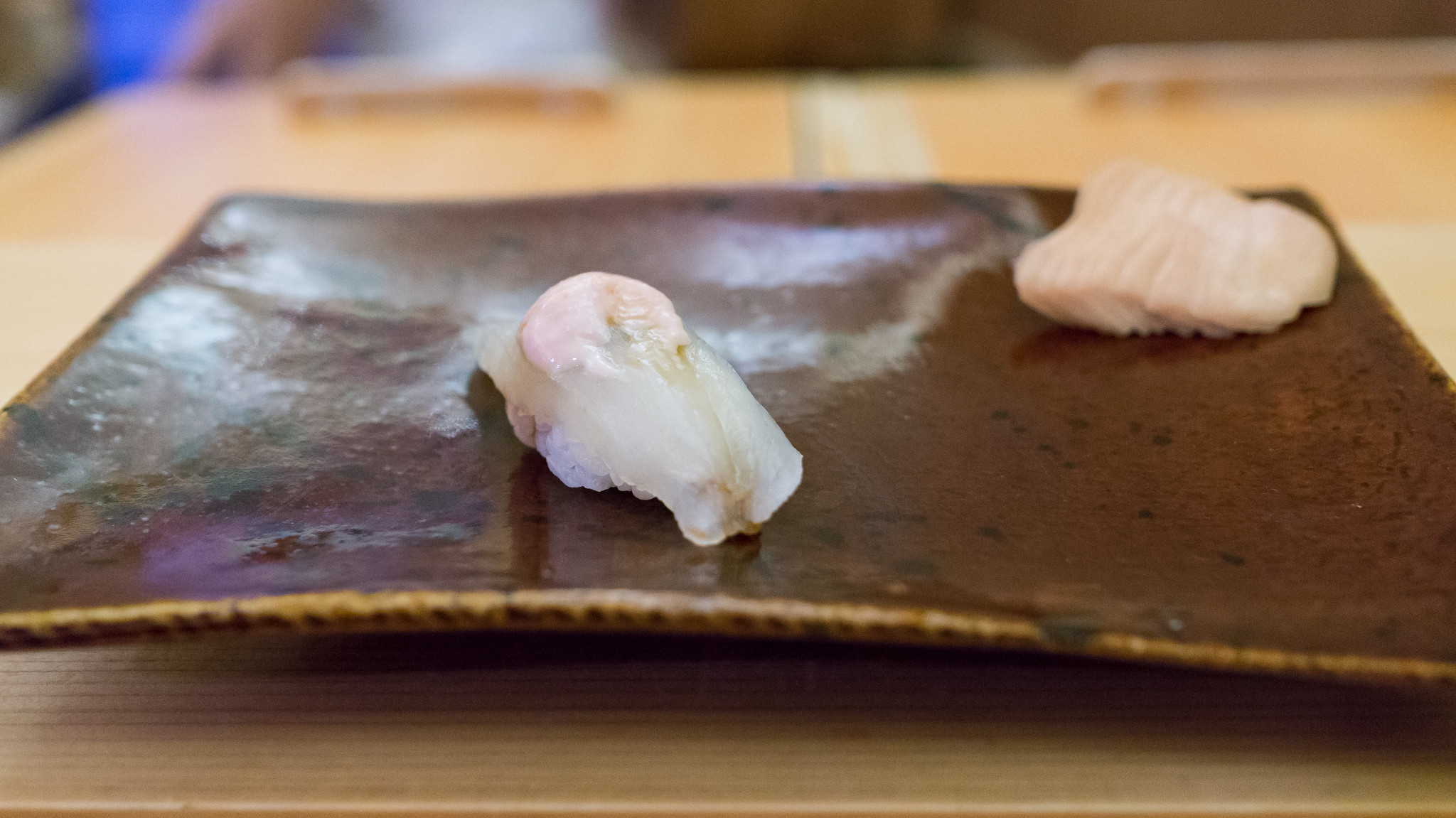


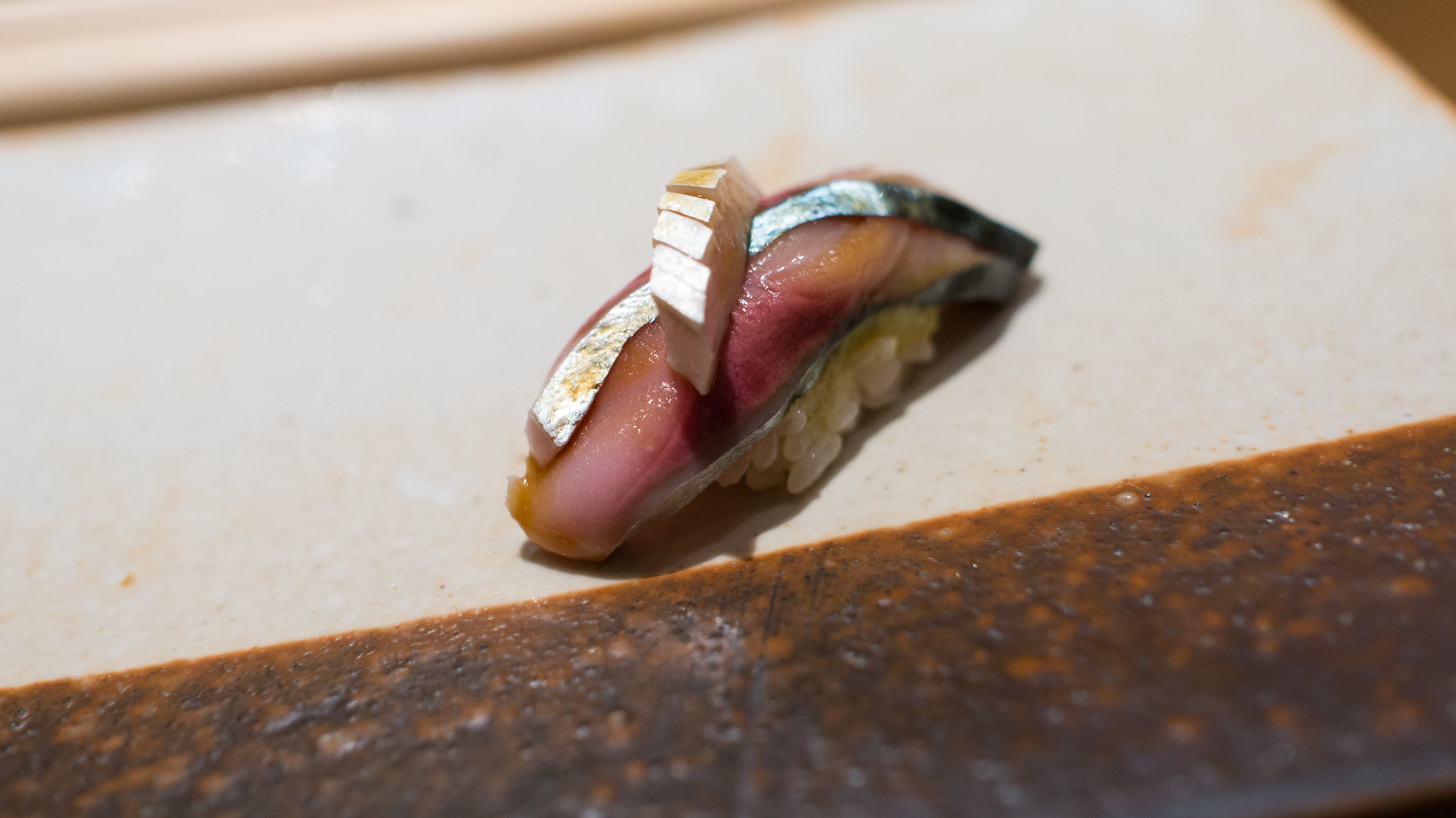
No comments:
Post a Comment